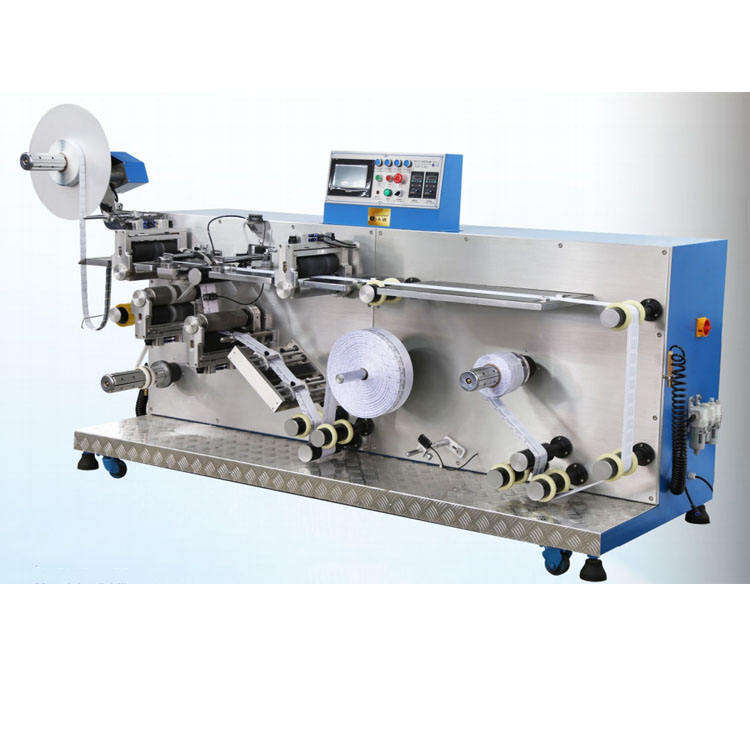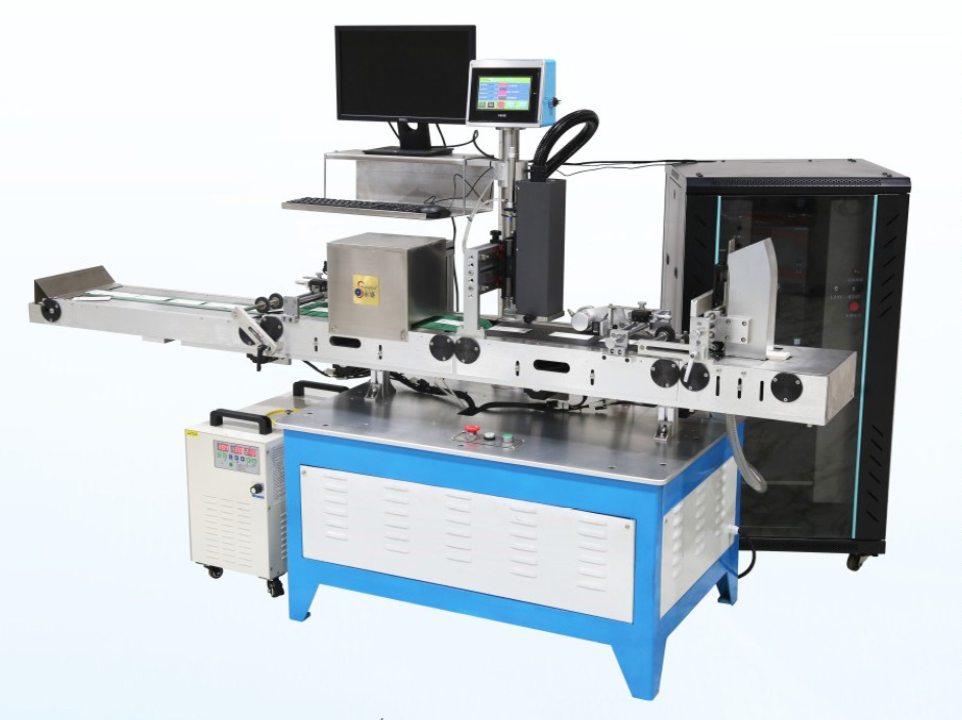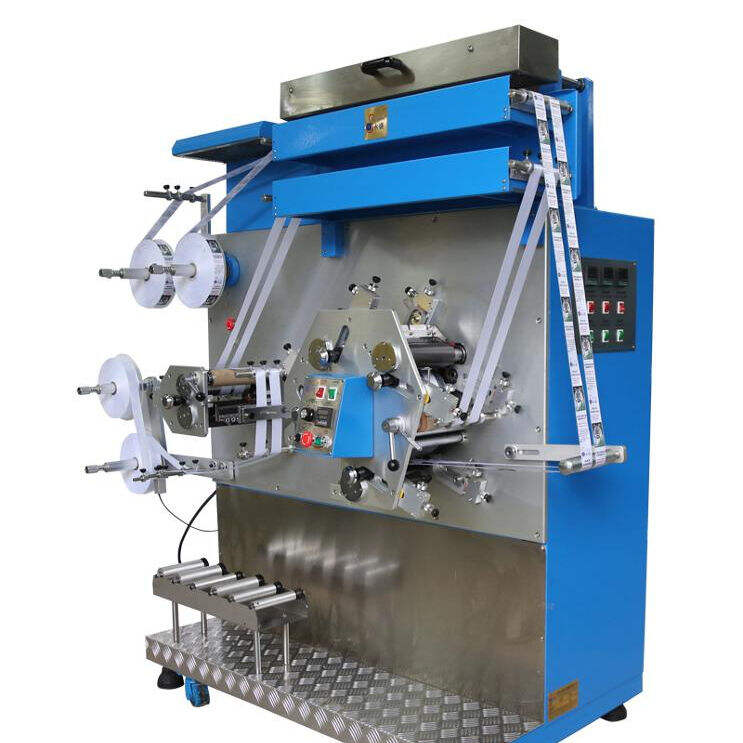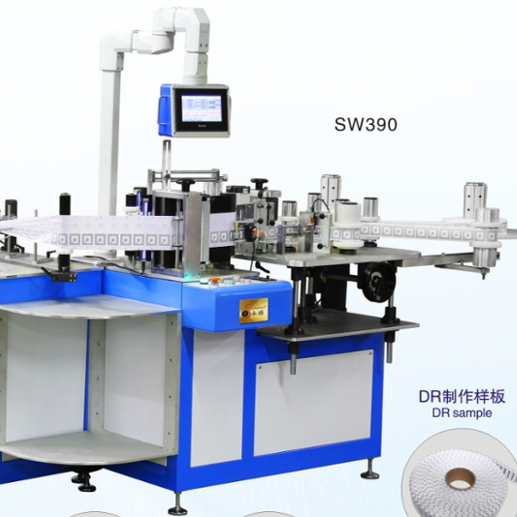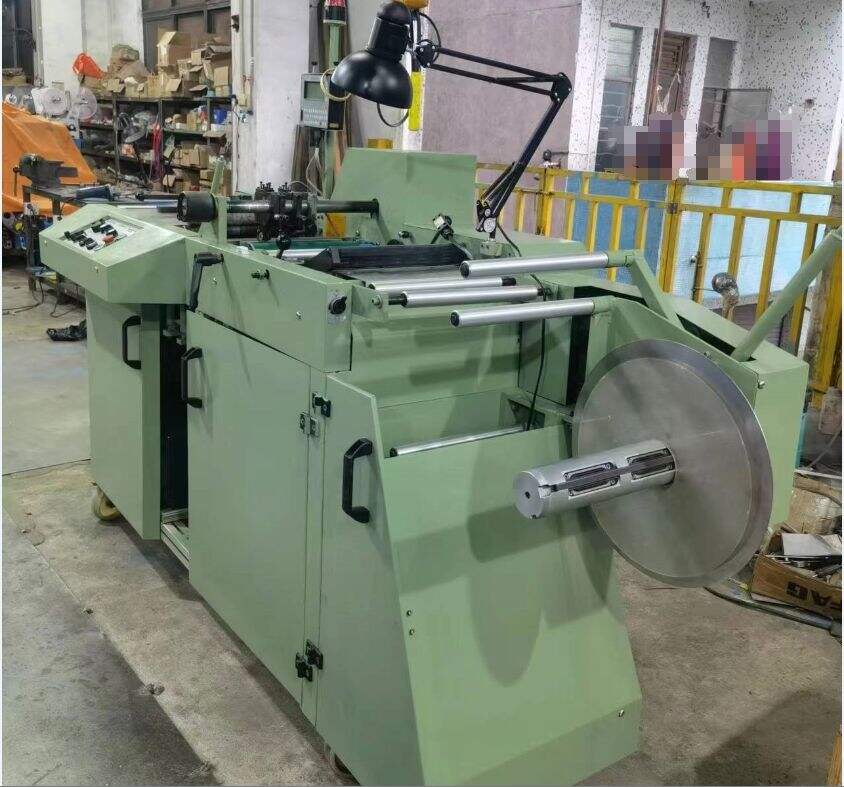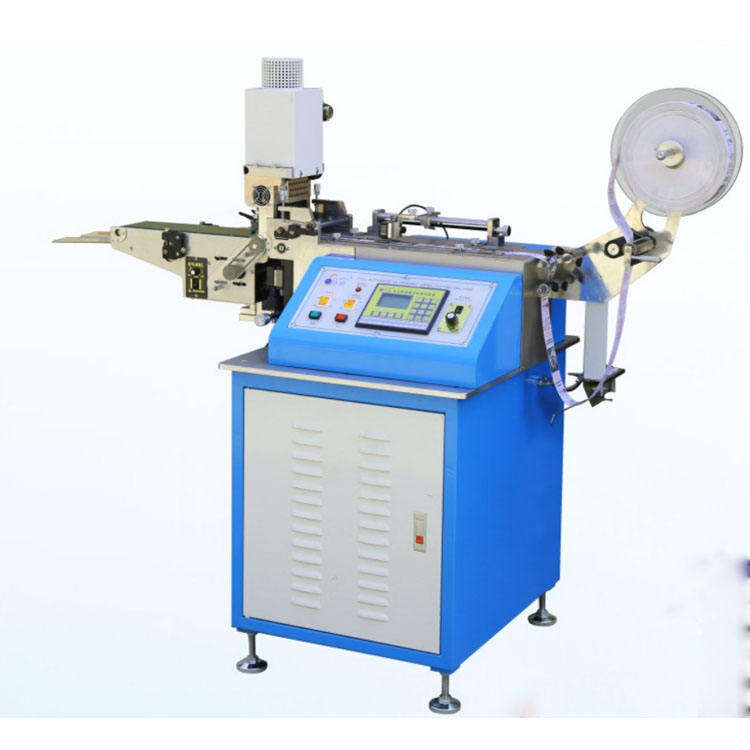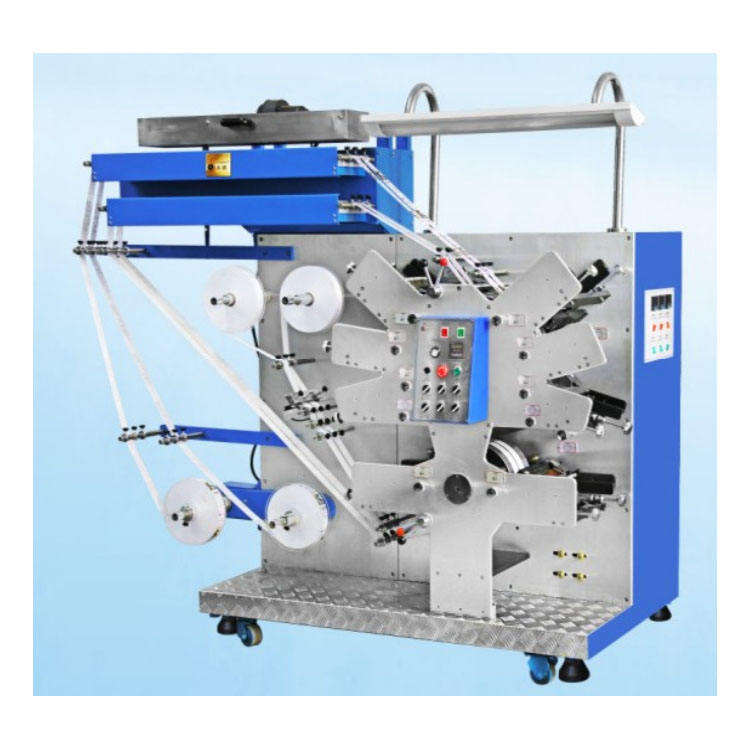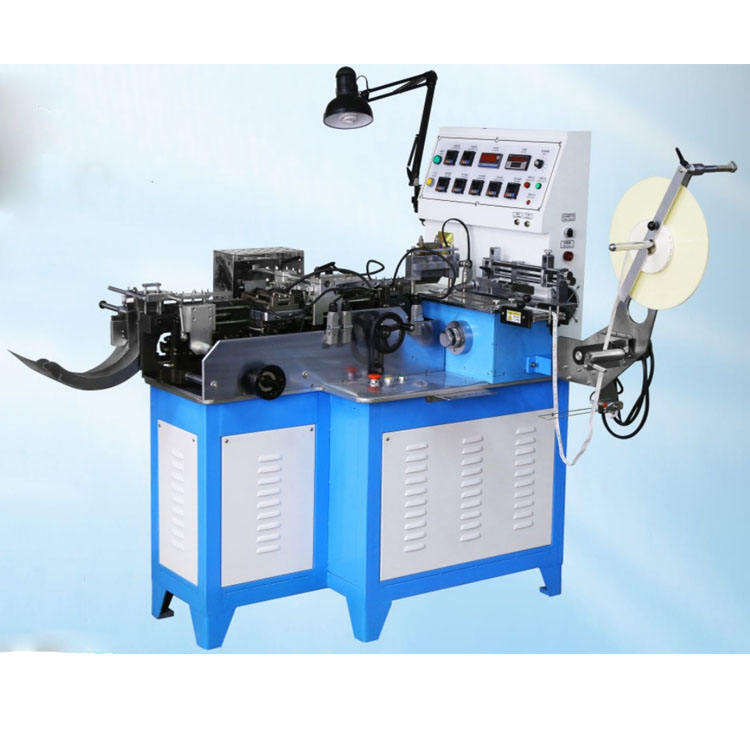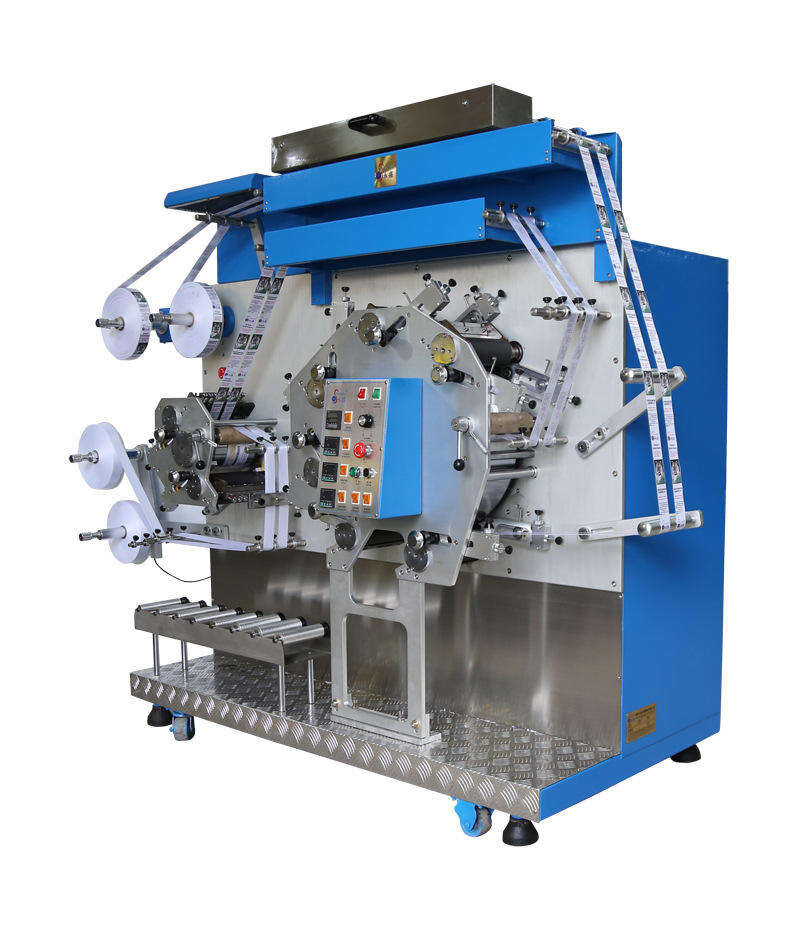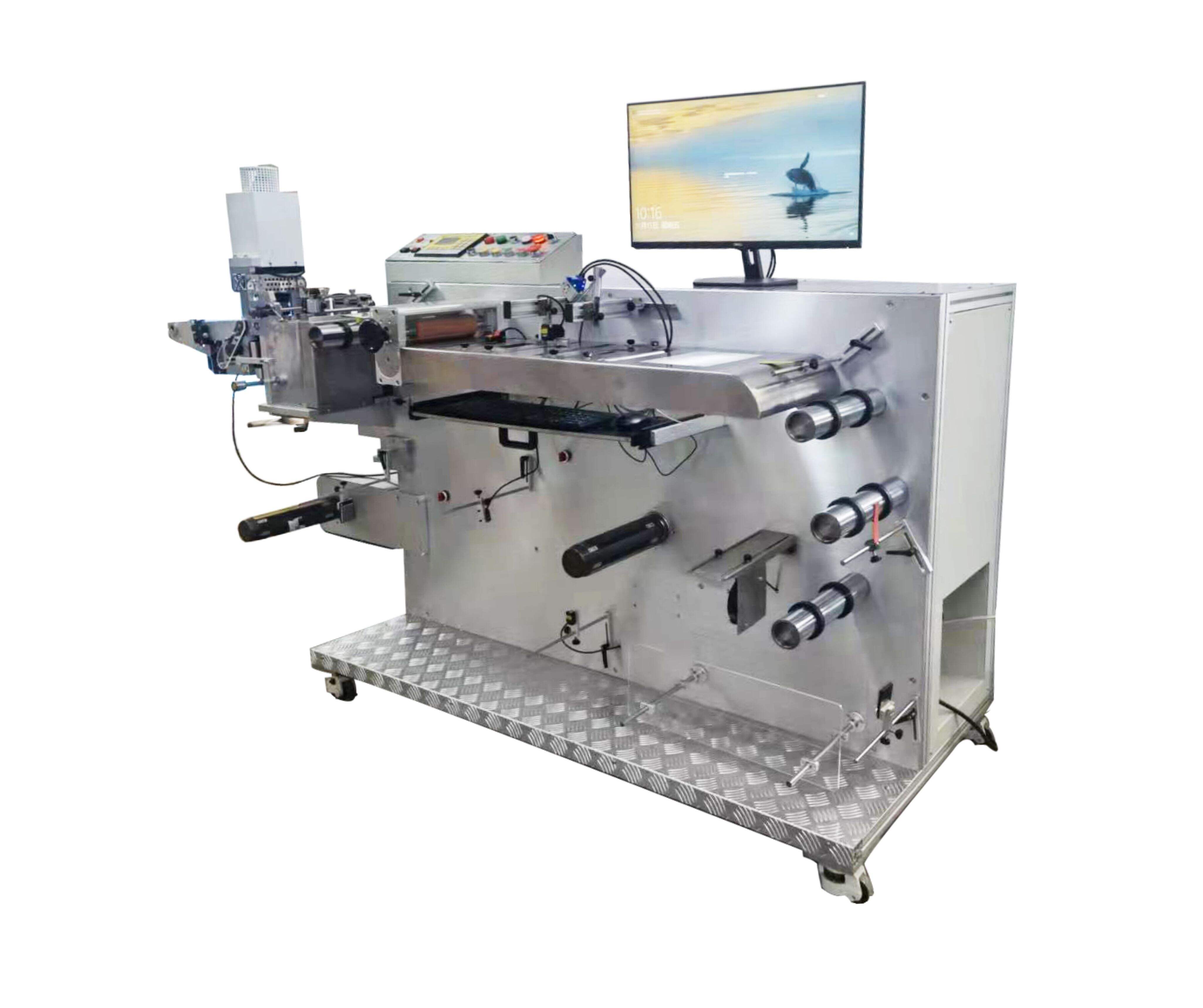How Can a Printing Machine Improve Efficiency in Custom Label Manufacturing?
Revolutionizing Label Production Through Advanced Printing Technology
The modern manufacturing landscape demands increasingly sophisticated solutions for custom label production. A printing machine stands at the forefront of this evolution, transforming how businesses approach label manufacturing with unprecedented efficiency and precision. By integrating advanced printing technology into production processes, manufacturers can achieve remarkable improvements in output quality, speed, and cost-effectiveness. This comprehensive guide explores the multifaceted ways in which a printing machine enhances custom label manufacturing operations.

Core Benefits of Automated Label Production
Enhanced Production Speed and Volume
A printing machine dramatically accelerates the label production process, enabling manufacturers to handle larger order volumes with remarkable efficiency. Modern printing systems can produce thousands of high-quality labels per hour, a task that would take days or weeks using traditional methods. This increased speed doesn't just mean faster turnaround times – it translates to improved customer satisfaction and the ability to take on more projects simultaneously.
The automation capabilities of contemporary printing machines allow for continuous operation with minimal downtime. Advanced feed systems and roll-to-roll printing functionality ensure that production can proceed uninterrupted, maximizing daily output potential and resource utilization. This sustained productivity helps manufacturers meet tight deadlines and manage peak demand periods effectively.
Superior Quality Control and Consistency
Digital printing machines excel in maintaining consistent quality across entire production runs. Unlike manual processes, where quality can vary due to human factors, automated systems deliver precise, repeatable results every time. Advanced color management systems ensure accurate color reproduction, while built-in quality control features detect and prevent common printing defects.
Modern printing machines incorporate sophisticated calibration tools and real-time monitoring systems that maintain optimal print quality throughout production. This level of control helps eliminate waste due to errors and ensures that every label meets exact specifications, reducing costly reprints and customer complaints.
Technical Advantages in Modern Label Printing
Digital Workflow Integration
Today's printing machines seamlessly integrate with digital workflow systems, creating a streamlined production environment. From initial design to final output, digital integration enables faster file preparation, easier revisions, and more efficient job management. This connectivity allows operators to monitor and adjust production parameters in real-time, ensuring optimal performance and reducing setup times between jobs.
The digital workflow also facilitates better inventory management and production planning. Advanced printing machines can track material usage, estimate completion times, and provide detailed production reports, helping manufacturers optimize their operations and reduce waste.
Versatile Material Handling
Modern printing machines offer exceptional versatility in handling different label materials and substrates. Whether working with paper, film, foil, or specialty materials, these systems can maintain consistent quality across various media types. This flexibility allows manufacturers to expand their product offerings and serve diverse customer needs without investing in multiple specialized equipment pieces.
Advanced tension control systems and precision material handling mechanisms ensure smooth operation regardless of substrate type. This capability reduces material waste and enables manufacturers to work with delicate or challenging materials that might be impractical with conventional printing methods.
Cost-Efficiency and Resource Optimization
Reduced Material Waste
A printing machine significantly reduces material waste through precise control and advanced registration systems. Digital printing technology enables exact quantity production without the need for extensive setup runs or overage printing. This efficiency translates directly to cost savings on materials and helps manufacturers maintain better environmental sustainability practices.
Smart material handling systems and automated quality control features further minimize waste by detecting and correcting issues before they result in spoiled products. The ability to make real-time adjustments ensures that resources are used efficiently throughout the production process.
Lower Labor Costs
Automation through modern printing machines reduces the need for manual intervention in label production. While skilled operators are still essential, a single operator can manage multiple aspects of the production process that previously required several workers. This efficiency not only reduces labor costs but also minimizes the risk of human error and associated quality issues.
The reduced reliance on manual labor also allows manufacturers to reallocate workforce resources to higher-value tasks such as customer service, design development, and process improvement initiatives. This strategic workforce utilization helps optimize overall operational efficiency.
Future-Ready Manufacturing Capabilities
Scalability and Adaptation
Modern printing machines provide manufacturers with the flexibility to scale operations according to market demands. These systems can efficiently handle both short runs for specialized orders and high-volume production for standard labels. This adaptability ensures that manufacturers can remain competitive across various market segments and respond quickly to changing customer needs.
The modular nature of many contemporary printing systems allows for future upgrades and expansions without requiring complete equipment replacement. This scalability protects the initial investment while providing a path for future growth and technological advancement.
Sustainability Features
Environmental consciousness is increasingly important in manufacturing, and modern printing machines incorporate various sustainability features. These include energy-efficient operation, reduced waste generation, and compatibility with eco-friendly materials and inks. These capabilities help manufacturers meet growing customer demands for environmentally responsible production methods.
Advanced energy management systems and efficient resource utilization contribute to lower environmental impact while also reducing operational costs. This alignment of environmental and economic benefits positions manufacturers for long-term success in an increasingly sustainability-focused market.
Frequently Asked Questions
What type of printing machine is best for custom label manufacturing?
The ideal printing machine depends on specific production requirements, but digital printing systems often offer the best combination of flexibility, quality, and efficiency for custom label manufacturing. Consider factors such as typical order volumes, material requirements, and desired print quality when selecting equipment.
How long does it take to implement a new printing machine in existing operations?
Implementation typically takes 2-4 weeks, including installation, operator training, and initial calibration. However, full integration and optimization may extend to 2-3 months as teams become proficient with new workflows and capabilities.
What maintenance requirements should be expected for a modern printing machine?
Modern printing machines require regular maintenance, including daily cleaning, weekly calibration checks, and scheduled preventive maintenance every 3-6 months. Many systems include automated maintenance routines and monitoring systems that help prevent unexpected downtime and extend equipment life.
How does a printing machine impact overall production costs?
While the initial investment in a printing machine is significant, most manufacturers see positive ROI within 12-24 months through reduced labor costs, decreased waste, improved quality control, and increased production capacity. The exact impact depends on production volume and efficiency gains achieved.
Recommended Products
Hot News
-
Reflect On The Cultural Significance Of The Printing Press In Preserving And Disseminating Knowledge
2023-12-08
-
The Role Of The Printing Press In The Global Economy
2023-12-08
-
Environmental Impact: Analyzing The Environmental Footprint Of The Printing Industry
2023-12-08
-
The Frontier Of Printing: 3d Printing And Its Industrial Renaissance
2023-12-08
-
The Evolution And Impact Of The Printing Press
2023-12-08
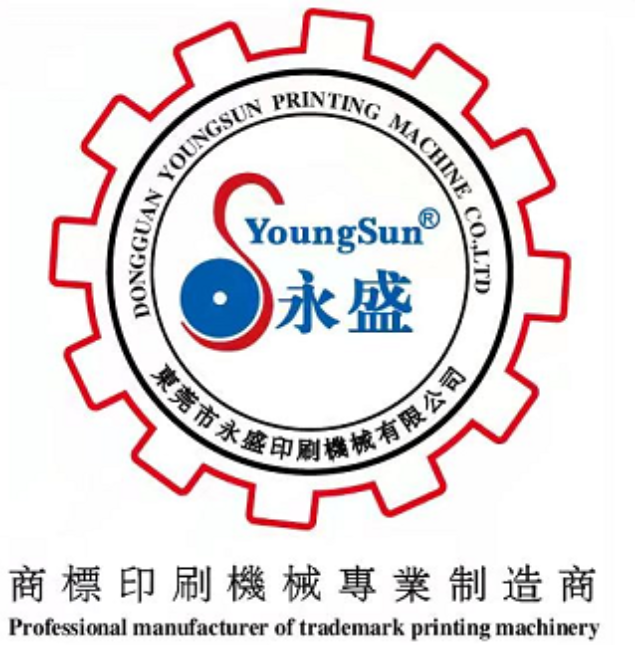
 EN
EN
 AR
AR
 CS
CS
 DA
DA
 NL
NL
 FI
FI
 FR
FR
 DE
DE
 EL
EL
 HI
HI
 IT
IT
 JA
JA
 KO
KO
 PL
PL
 PT
PT
 RO
RO
 RU
RU
 ES
ES
 SV
SV
 IW
IW
 ID
ID
 VI
VI
 SQ
SQ
 HU
HU
 MT
MT
 TH
TH
 TR
TR
 AF
AF
 GA
GA
 BN
BN
 BS
BS
 LO
LO
 LA
LA
 MI
MI
 MN
MN
 NE
NE
 MY
MY
 KK
KK
 UZ
UZ
 KY
KY
